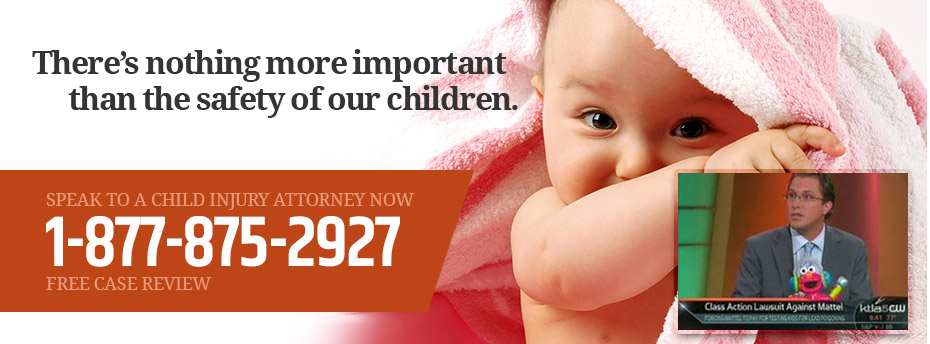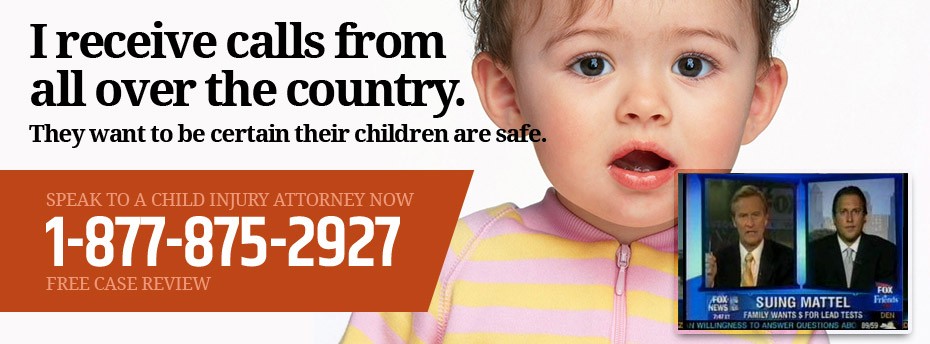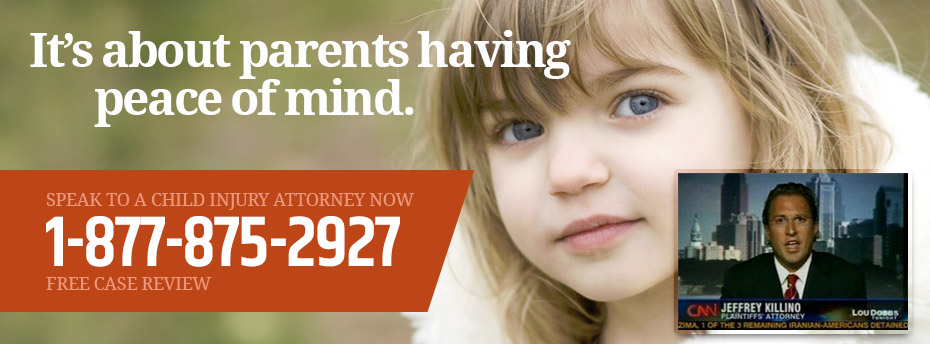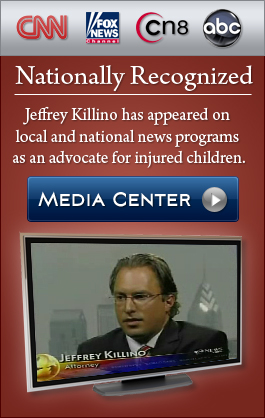The term face presentation refers to the part of the baby that leads the way through the mother’s birth canal. In a face presentation, the fetal head and neck are hyperextended, causing the occiput to come in contact with the upper back of the fetus while lying in a longitudinal axis. The presenting portion of the fetus is the fetal face between the orbital ridges and the chin. If a fetus is in the face presentation and the chin is extended, the head can become caught in the symphysis pubis which would mandate performance of a cesarean section.
What Causes Face Presentation?
Face presentation can be caused by pelvic contractures or android pelvis, which is a pelvis with a wedge-shaped inlet and narrow anterior segment. This presentation may also occur when there is a preterm birth. Fetopelvic disproportion, when there is a significant mismatch between the size or shape of the presenting part of the fetus and the size or shape of the maternal pelvis and soft tissue, can also result in face presentation. In some cases, fetal presentation results from coils of the umbilical cord wrapping around the baby’s neck.
How is Face Presentation Diagnosed?
Face presentation may be revealed upon pelvic examination. Abdominal palpation, where the caregiver feels the abdomen to monitor changes in the size of the uterus and the growth and position of the baby, may also reveal face presentation. A face presentation will usually not be detected until labor. This is because the force of contractions can push the baby’s head back. In cases where face presentation is suspected before the labor starts, the medical professional can recommend an ultrasound for confirmation. Once face presentation is confirmed, the medical professional should examine a plan considering both a vaginal and cesarean delivery. Continuous monitoring of maternal labor progress, as well as fetal well-being, is essential in preparing for delivery, and taking necessary measures to prevent injury to the baby. When a face presentation is discovered, care must be taken not to injure the baby’s eyes.
Compete this form for a FREE case evaluation!





